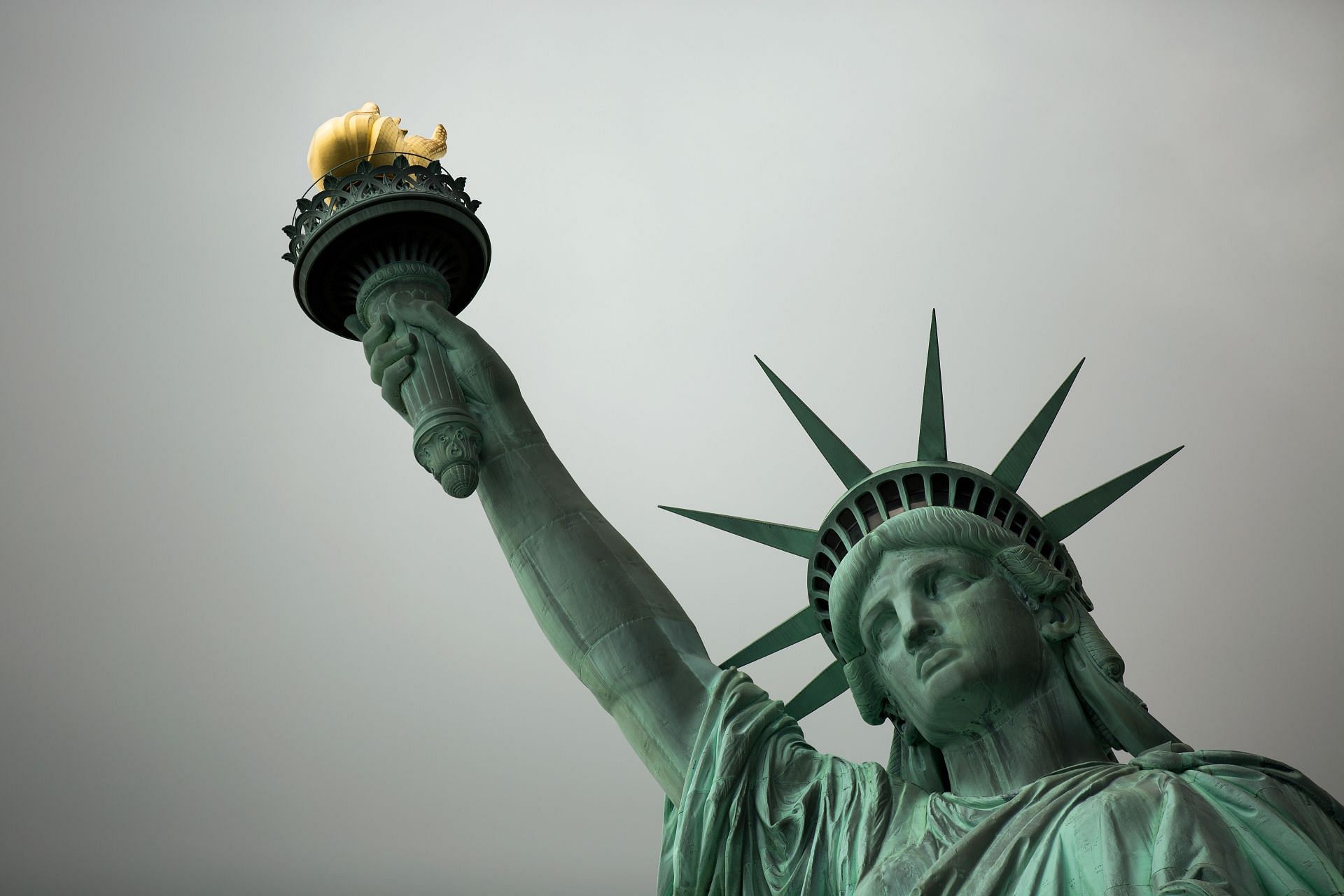
Was Statue of Liberty a gift from France to the US? French politician demands Trump returns the national monument
As per The Guardian's March 17 report, Raphaël Glucksmann recently quipped that the United States should return the Statue of Liberty. Glucksmann, a member of the French European Parliament, said the same at a convention of his center-left movement, Place Publique.
Further discussing the Statue of Liberty, Glucksmann asserted that France needed to reclaim it as the United States allegedly no longer embodied the principles that prompted France to donate it.
In 1886, France presented the Statue of Liberty to the United States in honor of its 100th anniversary of independence in 1876.
Statue of Liberty was given as a gift to honour the Declaration of Independence's 108th anniversary
To commemorate the centenary of the American Declaration of Independence and to mark the friendship between the two countries, France gifted America the Statue of Liberty.
President Grover Cleveland dedicated the Statue of Liberty in New York Harbor on October 28, 1886. According to the Statue of Liberty's website, a devoted American, Laboulaye, wanted to highlight the close ties between France and America and mark the centenary of the Declaration of Independence.
The recent abolition of slavery in the United States, which advanced American ideals of liberty and freedom, also allegedly touched him. The monument was created by French sculptor Frédéric Auguste Bartholdi, while Gustave Eiffel developed its engineering.
Bartholdi also attended Laboulaye's declaration. Similar to Laboulaye's cause, Bartholdi too started to imagine the enormous building that would eventually be called Liberty Enlightening the World.
The design and construction of the Statue of Liberty were regarded as among the 19th century's finest technological accomplishments. Since then, millions of immigrants have flooded to see it, which stands on an island at the entrance to New York Harbour.
On the other hand, Bartholdi's 1874 design called for the Statue's torch flame to be composed of solid copper sheet and gilded so that it would shine brightly in the daylight rather than being lit.
However, the torch experienced many changes over its first 50 years. In 1886, two rows of portholes were carved out of the copper at the bottom of the torch to light it from the inside.
Changes persisted in 1916 when amber-colored cathedral glass was used instead of copper in roughly 250 locations. In 1931, a new lighting system required two projectors to be installed through two 16-inch-diameter holes carved into the balcony's floor surrounding the flame. At this point, Bartholdi's design was hardly identifiable.
Now, Glucksmann has asked America to give back the Statue. Trump's alleged support for Russia has further drawn harsh criticism from Glucksmann, who is a fervent supporter of Ukraine.
Trump's cuts to US research institutions were another point of contention for him. Further talking about the same, Raphaël further said:
“We gave it to you as a gift, but apparently you despise it. So it will be just fine here at home..”
He then said:
“The second thing we’re going to say to the Americans is: ‘If you want to fire your best researchers, if you want to fire all the people who, through their freedom and their sense of innovation, their taste for doubt and research, have made your country the world’s leading power, then we’re going to welcome them’.”
Glucksmann also attacked French far-right politicians, calling them a "fan club" for Trump and billionaire Elon Musk, who is leading the US president's fight to reduce expenditure.
On Monday, March 17, however, Trump's White House press secretary Karoline Leavitt said that the US will retain the Statue. She further referred to Raphaël Glucksmann as a "unnamed low-level French politician."